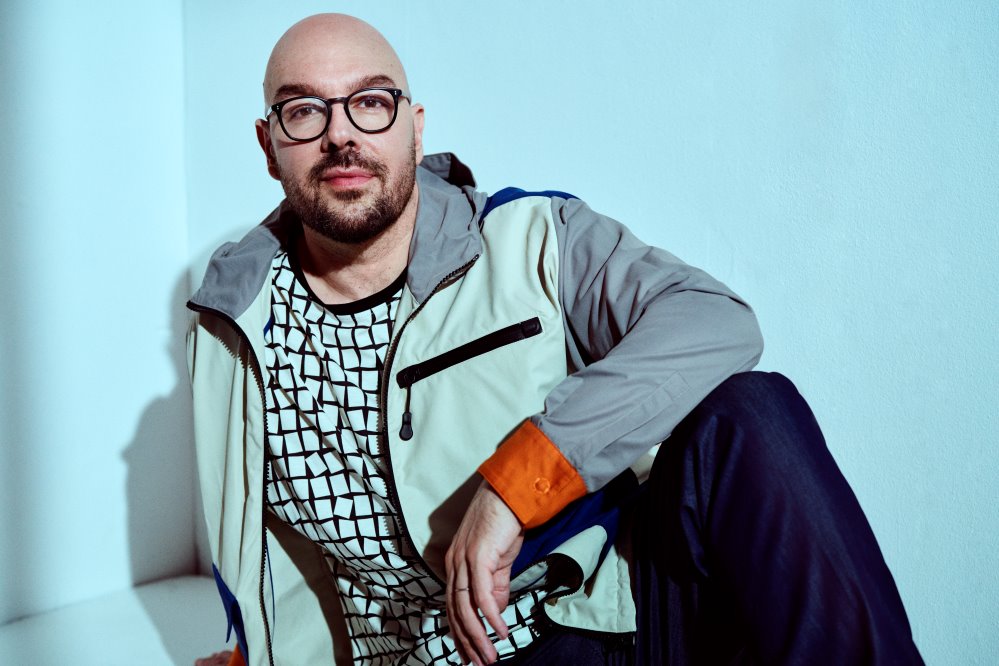Luca Nichetto is a designer who had the good fortune to be born in Venice – on the island of Murano, to be more specific. Coming from the island in the Venetian lagoon is a double fortune: on the one hand, one grows up surrounded by beauty; on the other, there is a natural aptitude for design, thanks to the presence on the island of many historic furnaces. Finally, the rhythms associated with water impart a fresh perspective, leading to a different approach to thoughtfulness, with ebbs and flows.
Today, Luca Nichetto carries out his professional activities by dividing his time between his studio in Stockholm, where he lives, and his studio in Venice, his birthplace. His projects include countless furniture products, lighting, precious ceramics, and of course, Murano glass. His work ranges from product design to art direction to interior design projects; the studio’s clients range from Foscarini to Ginori 1735, Hermès, and La Manufacture.
In New York, he officially unveiled his limited edition Gran Nichetto piano, his interpretation of the piano for Steinway & Sons. And he also launched a tote bag, produced by Angela Roi, in apple leather, an innovative and sustainable leather made from apple processing waste.
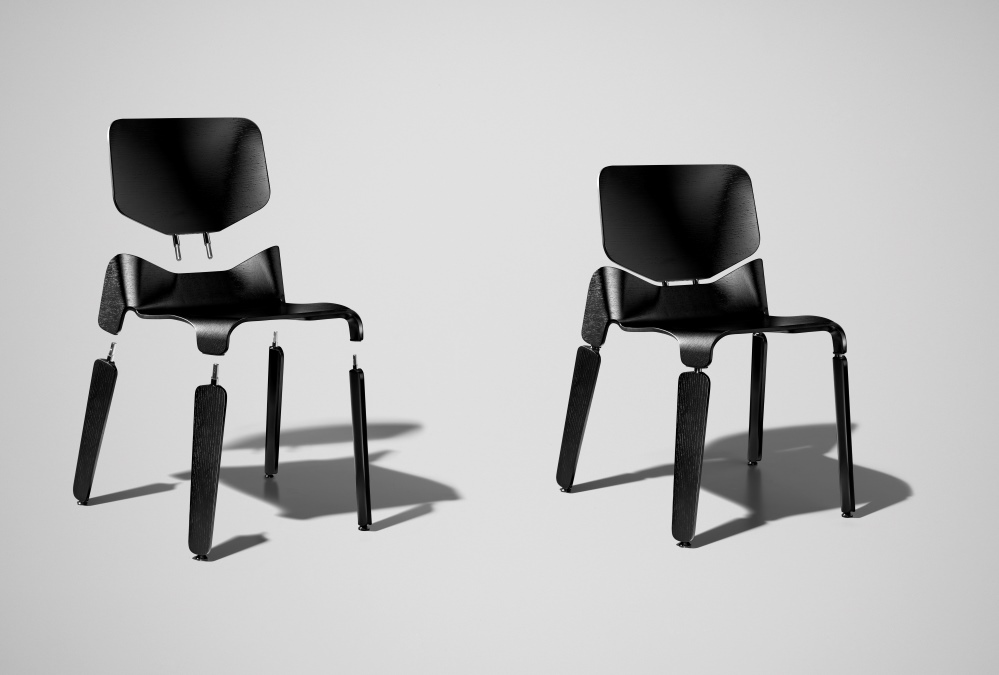
Luca Nichetto: the Interview
Hello Luca, a pleasure to meet you!
How did you come to be a designer? What inspired this path the most?
My birthplace definitely played a role. Allow me to explain: I was born in Murano, the Venetian island where the most famous furnaces that process blown glass are based. This means I had a close connection with glass and its processing from a very young age.
I attended the Istituto d’Arte in Venice long before I started studying design. For us students at that school, typical student gigs consisted of glass drawings, which we sold to the furnaces to earn pocket money for vacations and extra expenses.
Later, I attended university, the Faculty of Design, and finally, by a lucky coincidence, I had the opportunity to intern at Foscarini just as the company started its worldwide expansion. My months at Foscarini taught me how to apply glass to light, design, and develop lights in other materials. All the rest is my business, built over time.
What does it mean to be a designer today?
I think being a designer today is quite complicated. In my opinion, a designer today has a role similar to an artist in the Renaissance, meaning that a designer must have broad skills in different disciplines. Designers obviously need to know how to design, but they also need to understand materials in depth.
But then they must also possess communication, marketing, distribution, legal, and financial skills. For an entrepreneur with a vision, designers are an invaluable help in developing products and choosing the path the company should take. Unfortunately, today there are fewer and fewer entrepreneurs with a vision and more and more multinational corporations operating in different markets yet preferring to minimize their entrepreneurial risks.
This, unfortunately, leads to a general flattening, where producing genuinely innovative products is increasingly difficult. Furthermore, if you rely on sales, you can rarely develop something innovative since a new product might be marketable, but there is no certainty.
The designer, therefore, should build lasting relationships with brands with whom there is a desire to design long-term strategies together to express their core values.
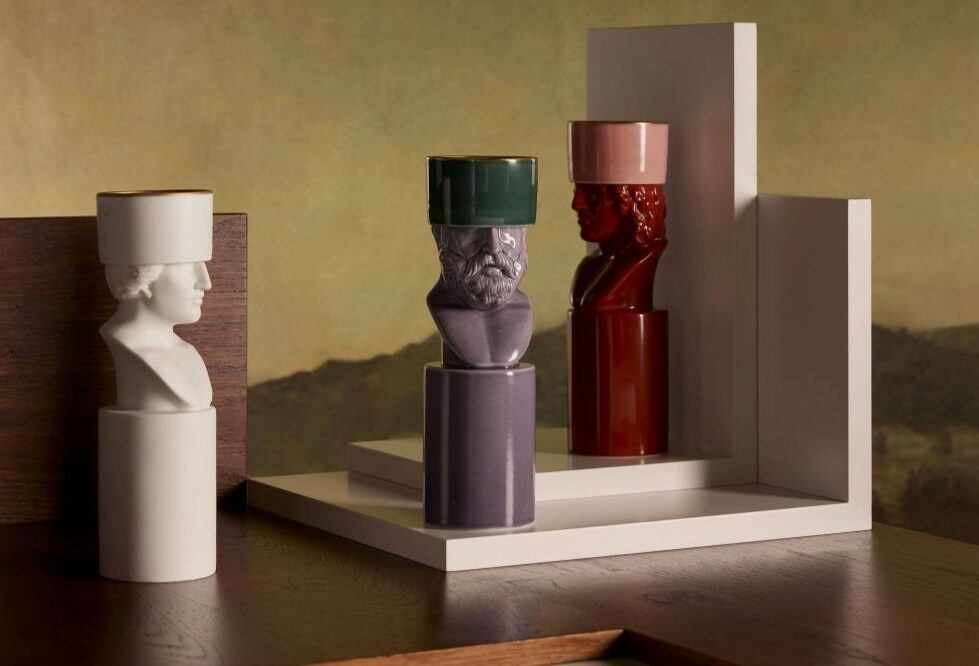
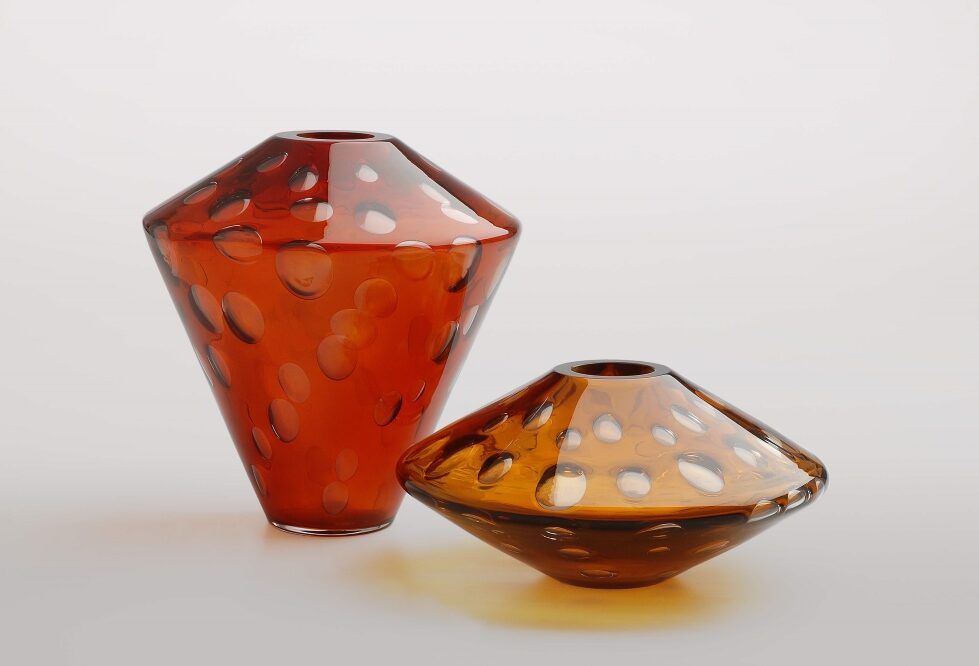

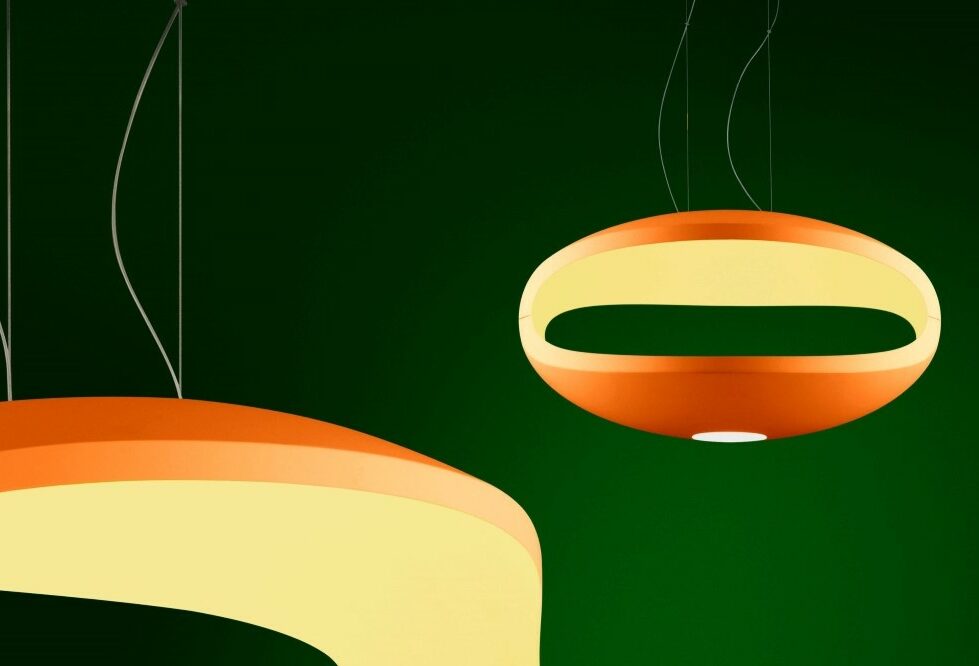
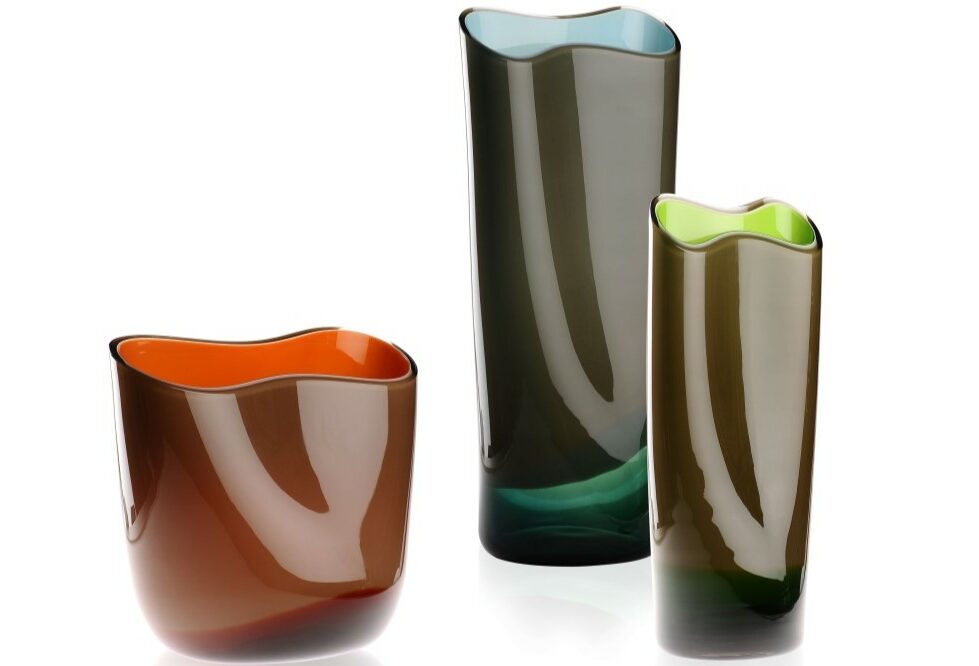
World-famous brands such as Ginori 1735, Venini, Salviati, Wittmann, Hermès, and Steinway & Sons are among your clients. What is your favourite project?
The limited edition piano for Steinway & Sons is definitely among my favourite projects for several reasons. First, it’s been very satisfying to work with the best piano maker in the world; also, Steinway & Sons’ limited edition pianos are very rare, so I fall on a shortlist. In fact, other people who have designed a piano for them include Lenny Kravitz, Karl Lagerfeld, Damien Hirst, and only a few others.
The piano project was inspiring from different points of view: based on the premise that I am not proficient in music, I considered the piano’s function as a piece of furniture, so I worked on the shell, leaving the interior alone. It is like I designed a car, working on the body and interior and leaving the engine alone.
Once I established that the piano is a piece of furniture with timeless appeal, I wondered what the correct references might be. So, I dusted off my Venetian memory and found references in the ‘squero’ – the shipyard where gondolas are built. I see similarities between the construction of a piano and the construction of a gondola.
There are similarities in the bending of the wood – which takes place both in the gondola and in some parts of the piano – and in the glossy varnish, which generally covers the wooden parts, both for the gondola and the piano.
I also worked on the finishes and details in the piano design. Steinway & Sons’ Gran Nichetto is a collection of 50 pieces, of which 15 are black, 15 are walnut, and 20 burgundy red, all with the piano’s classic finish, polyester gloss lacquer.
I also designed the small slot from which the lid of the outer case is lifted; it has been remodelled into a kind of handle, which allows the piano lid to be lifted easily, and it is a metal detail that enriches the finish.
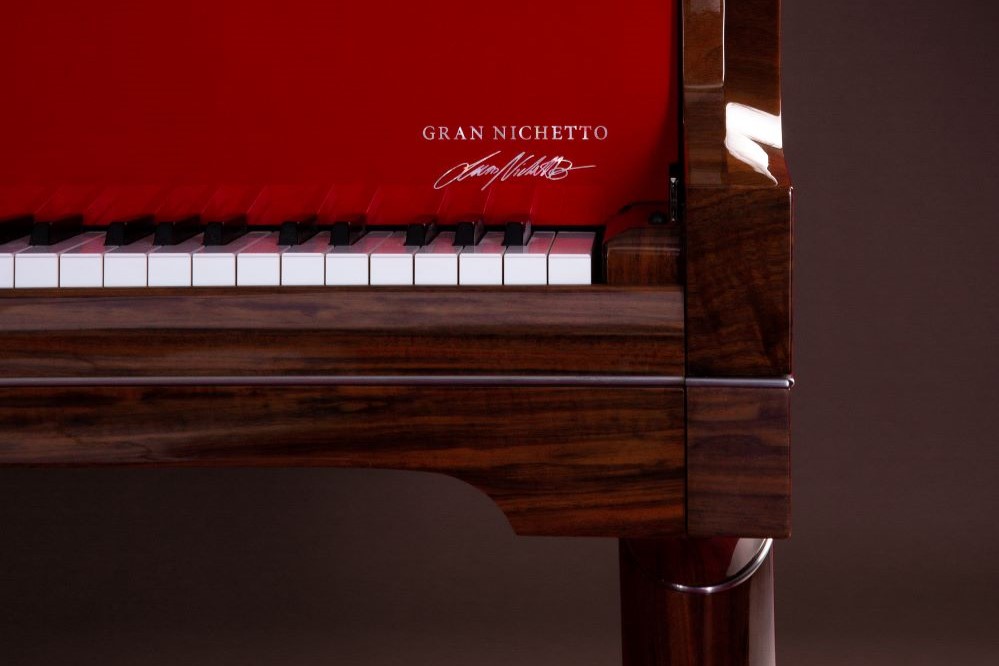
What projects do you favour? Product design, interior design, architecture?
I prefer projects that allow me to express myself at my best. Among our designs, there are products, art direction, exhibitions, and installations of various kinds. Lately, I have designed window displays for Hermès stores in Venice, Milan, and Hong Kong – the latter being one of the most important stores for the brand.
The most exciting thing about designing a window display is combining the brand’s values with a temporary installation. This leaves plenty of room for creativity but, at the same time, creates several constraints. The designer’s skill, therefore, is in interpreting the brand message correctly and, at the same time, creating scenery that attracts customers and invites them to enter the store.
Moreover, one aspect to consider is that while in product design, you can create a fine-tuned prototype, an installation is immediate, and it is hard to change the concept if, by chance, it does not work. In the case of Hermès, I juxtaposed the artisan tradition of Murano glass with the artisan tradition of Hermès, and the result was very positive.
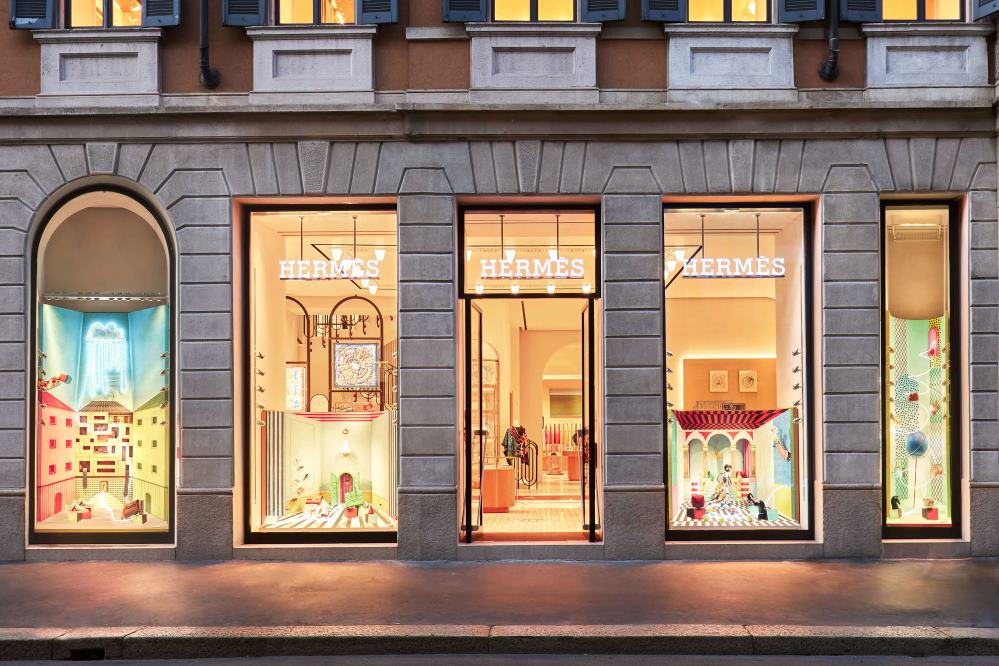
Who are the best clients?
The best clients are those with a clear vision and who provide a well-defined brief. The clearer the brief is, the more the designer can focus on a project that follows the client’s directions and vision. As we said, it sometimes happens that some clients lack a broad and clear picture of their goals, which can be a problem – certainly for them, but also the designer.
Can design improve life?
Design can undoubtedly improve life in many ways. Today, design no longer has the social relevance it had in the past. However, it is still crucial to define projects that can change lives. Firstly, when properly applied, design makes it possible to design objects that make sense.
However, since inventing new objects today is very difficult, the designer’s role may also require them to design the supply chain, saving on resources, energy, and all the processes that make up the design-production-distribution-sales chain. By completely redesigning the supply chain, design becomes an essential tool that improves the quality of life for many people involved in the various stages of all the processes – for example, using greener energy, sustainable materials, and less polluting processing methods.
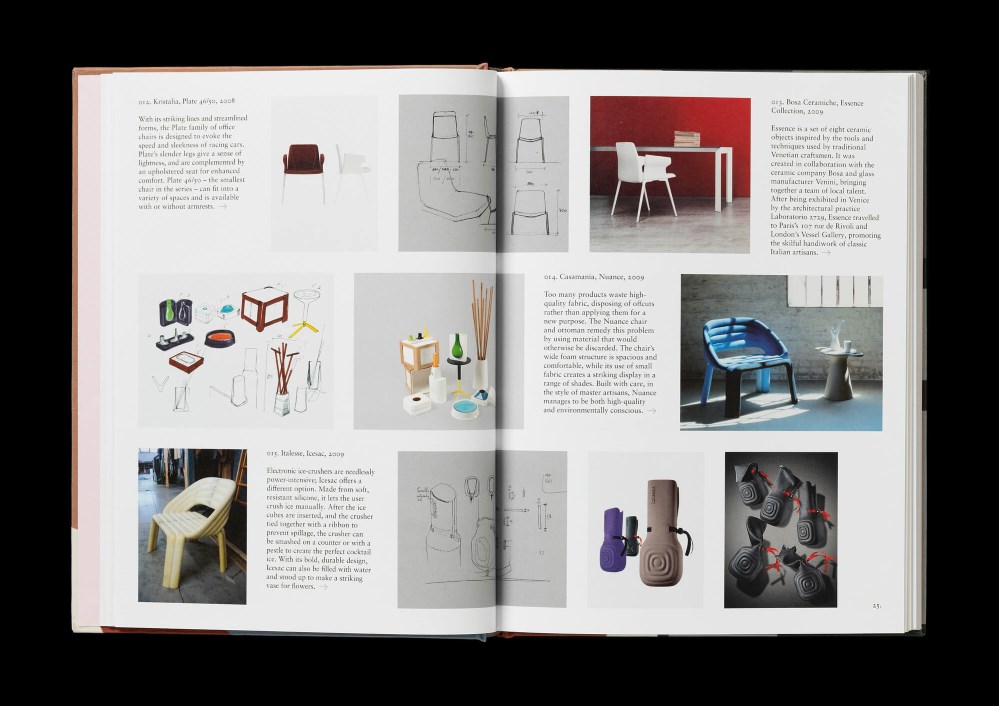
What is your favourite material?
I don’t have a favourite material; the material depends on the project. Of course, I love Murano glass very much: it is the material I grew up with, and it is like an extension of my hand; also, I really like how the glass changes and surprises me every time. Nevertheless, every project differs from the last, so the material changes as needed. Remember that even a material like glass, which I know very well, can always hold unseen aspects. So, the designer’s strength is developing the product and the whole process, more than just designing a shape.
Today, Luca Nichetto is an internationally renowned designer living in Stockholm, with a studio in the Swedish capital and one in Venice, and working worldwide. But what is the country where he works best?
In my opinion, the best place to work is still Italy; for a designer, Italy is ‘Toyland’. There is no other place in the world with such a high concentration of craftsmanship and a complete supply chain. In fact, foreign designers queue up to come and work in Italy.
Moreover, the size of our companies is such that even when we elaborate on the mass market, ours is never so mass market. There is always an attention to detail that allows us to make better products that stand out. Finally, although there is a general flattening out globally, there is still a lot of desire to experiment and the ability to do so in Italy.
Which three things would you bring to a desert island?
My family, paper, and a complete set of pencils.
What is your favourite city? And what are five places you would recommend to a friend?
Besides Venice, of course, my favourite city is Tokyo. The places I would recommend are:
– for a museum tour: the Guggenheim, in Bilbao
– for a proper ‘mistake’: Bar Basso, in Milan (the bar worldwide renowned for the ‘Negroni sbagliato’ (‘mistaken Negroni’) cocktail
– for exciting exhibitions and displays: Punta Conterie, a concept store in Murano (with a restaurant attached!)
– for good eating: Farmacy, a restaurant recreated in an old pharmacy, in Brooklyn, New York
– to eat better: Osteria Al Timon, in Venice
Thank you, Luca. It was a great pleasure talking to you!
Luca Nichetto's Studio Website
Read more:
- The Best Hotels in Venice for a Romantic Getaway
- Luesma&Vega: the Creators of the Plates for the World's Famous Restaurants
Last Updated on March 17, 2024 by Editorial Team
As editor-in-chief, Raffaele infuses the magazine with a cosmopolitan flair, drawing from his experiences in London, Berlin, New York, and Barcelona. His 20-year tenure with luxury brands, coupled with a love for travel and food, enriches the magazine's content.






